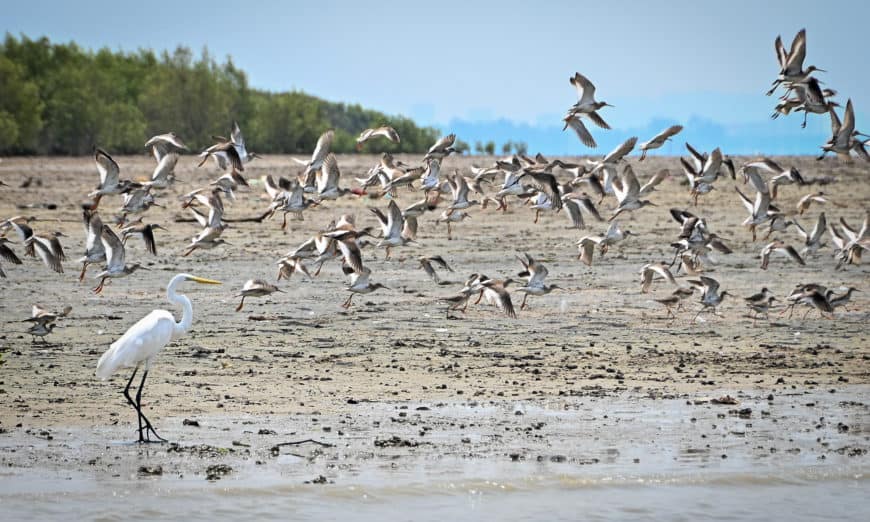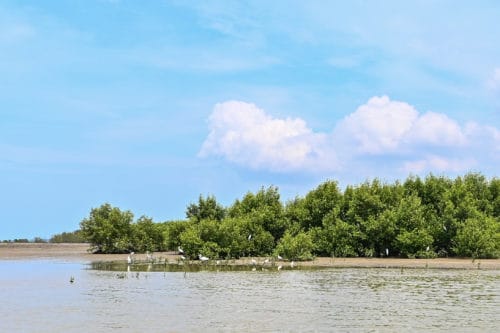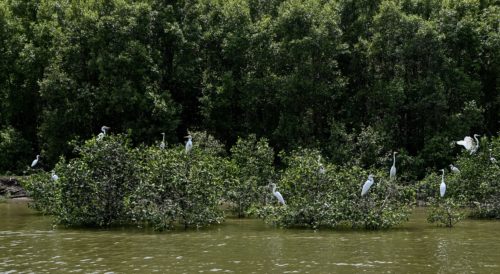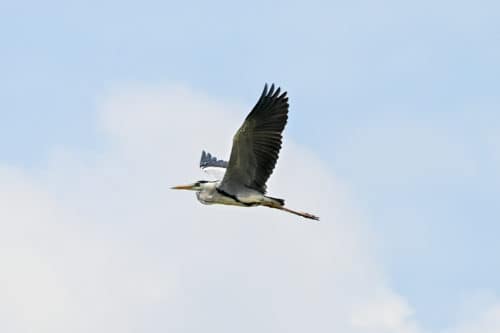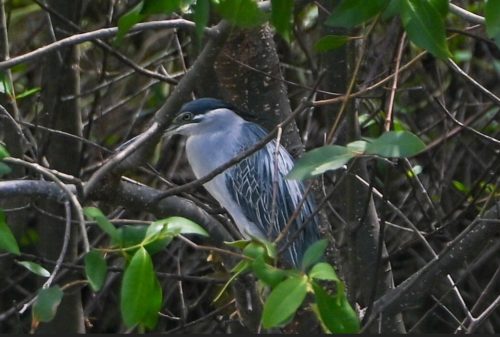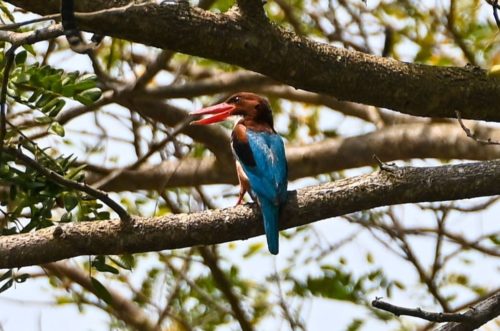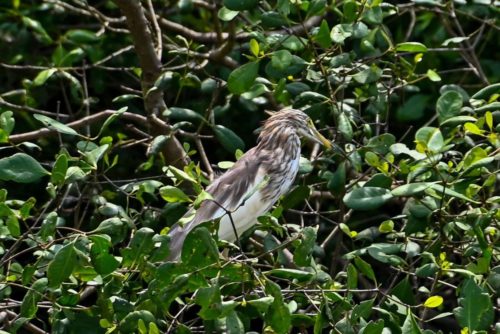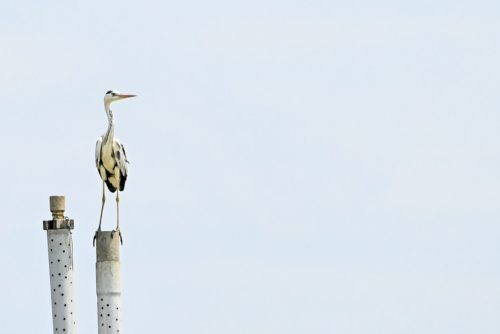IF one should travel by boat and tour along Sungai Abdul, Sungai Lahar Endin, and Sungai Tembus in north Seberang Perai between March and June, he would be amazed by the magnificent migratory birds in a picturesque landscape there.
The wetlands around Sungai Abdul, Sungai Lahar Endin, and Sungai Tembus are situated within the Teluk Air Tawar – Kuala Muda stretch.
The birds are said to make these hotspots, which are beautiful, authentic, and natural, as part of their migration route.

It is touted that over 100 species of birds, migratory and even local ones, would gather at these spots in search for food.
The diurnal and migratory Asian openbills (Anastomus oscitans), storks and herons are often seen resting on trees along these rivers. Occasionally, they would form flocks in areas which are saturated with food. Fish and small aquatic invertebrates such as mollusks, snails and worms are part of their diet.
Teluk Air Tawar assemblyman Datuk Mustafa Kamal Ahmad said the Asian openbills are largely found in Bangladesh, Sri Lanka, and India.
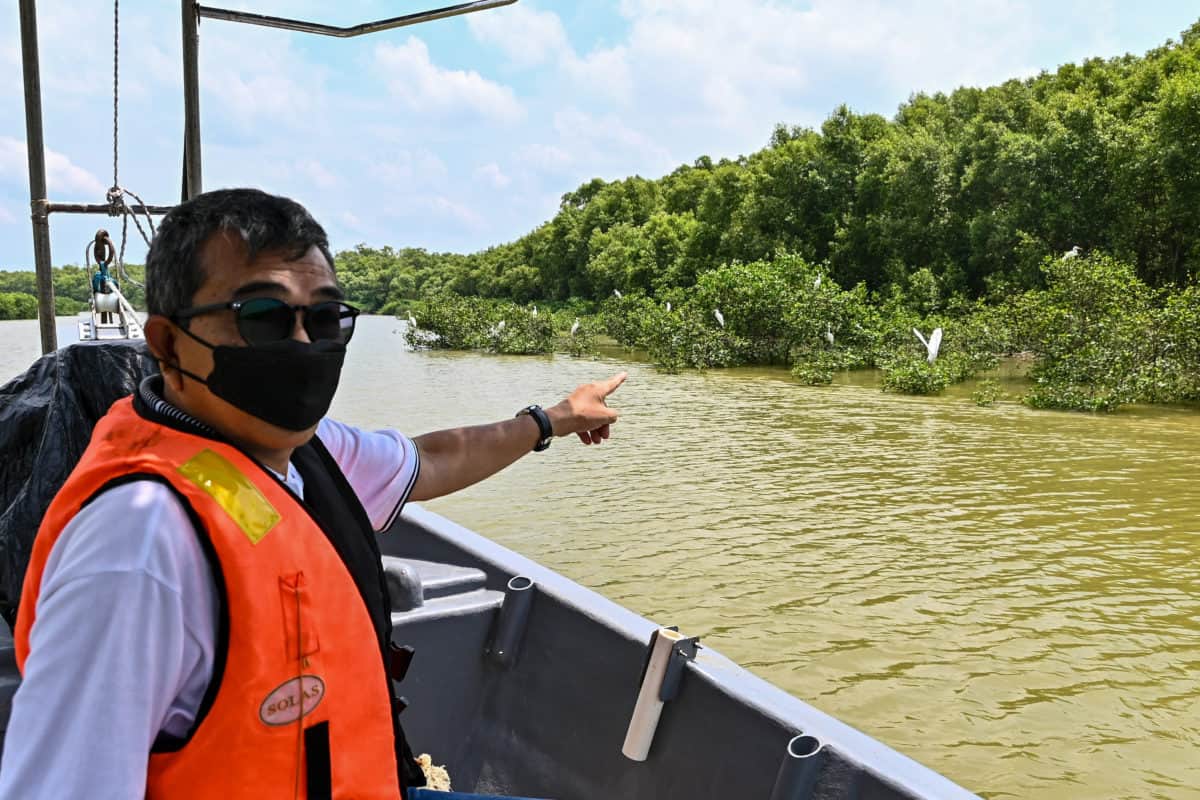
“They are attracted to flooded paddy fields and estuarine marshes. Usually, these birds would visit our Teluk Air Tawar – Kuala Muda wetlands between March and June.
“The presence of Asian openbills helps to control the population of golden apple snail (Pomacea canaliculata) and island apple snail (Pomacea insularum) which are considered as pests to local rice farmers,” Mustafa shared with Buletin Mutiara recently.
Mustafa said Penang could capitalise on ecotourism and transform the areas into an eco-park.
“These areas are now inaccessible to the public on foot,” he said, adding that it is important to ensure that those areas are well-protected and sustainable.
Penang Welfare and Environment Committee chairman Phee Boon Poh said the Forestry Department, under his portfolio, has started a survey of the mangrove forests.
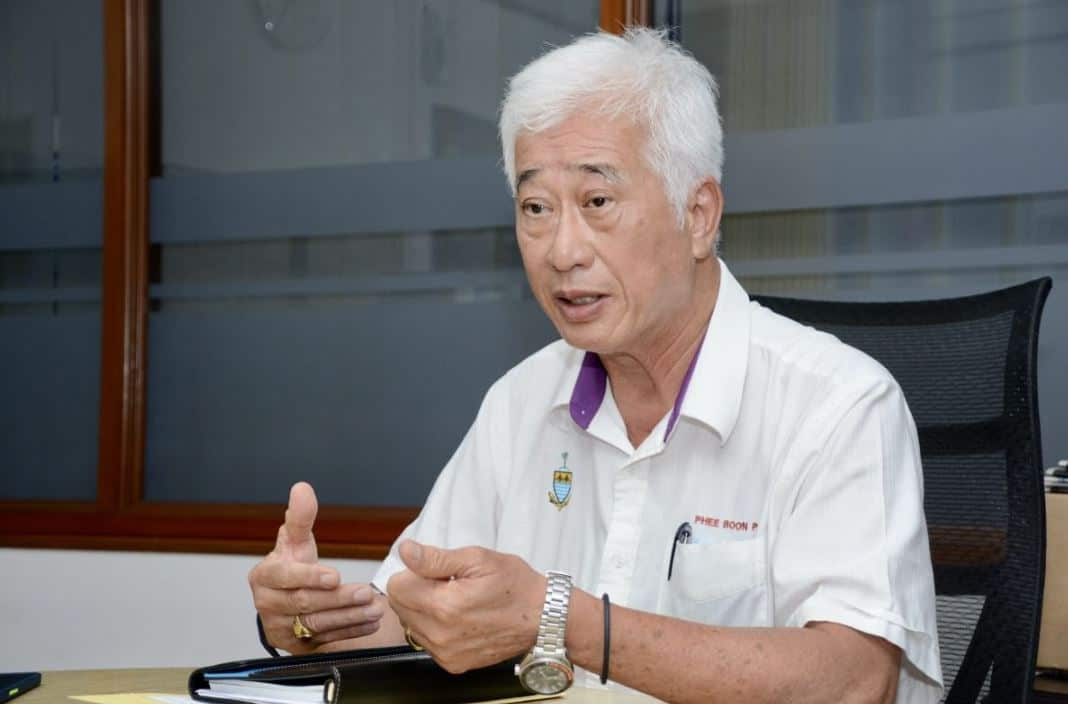
“It is now in the final stage, which is the submission to the state executive council (exco) for its approval to gazette the areas as a permanent reserved forest.
“The areas are suitable to be gazetted as a permanent reserved forest because there is not much pollution along the coastline. They are also home to migrative birds and storks.
“We have been working on it for the past three years, and it is now in its final stage. There were several meetings and discussions held,” Phee said.
Phee said the meetings and discussions were about ways to protect the wetlands, which are rich in biodiversity.
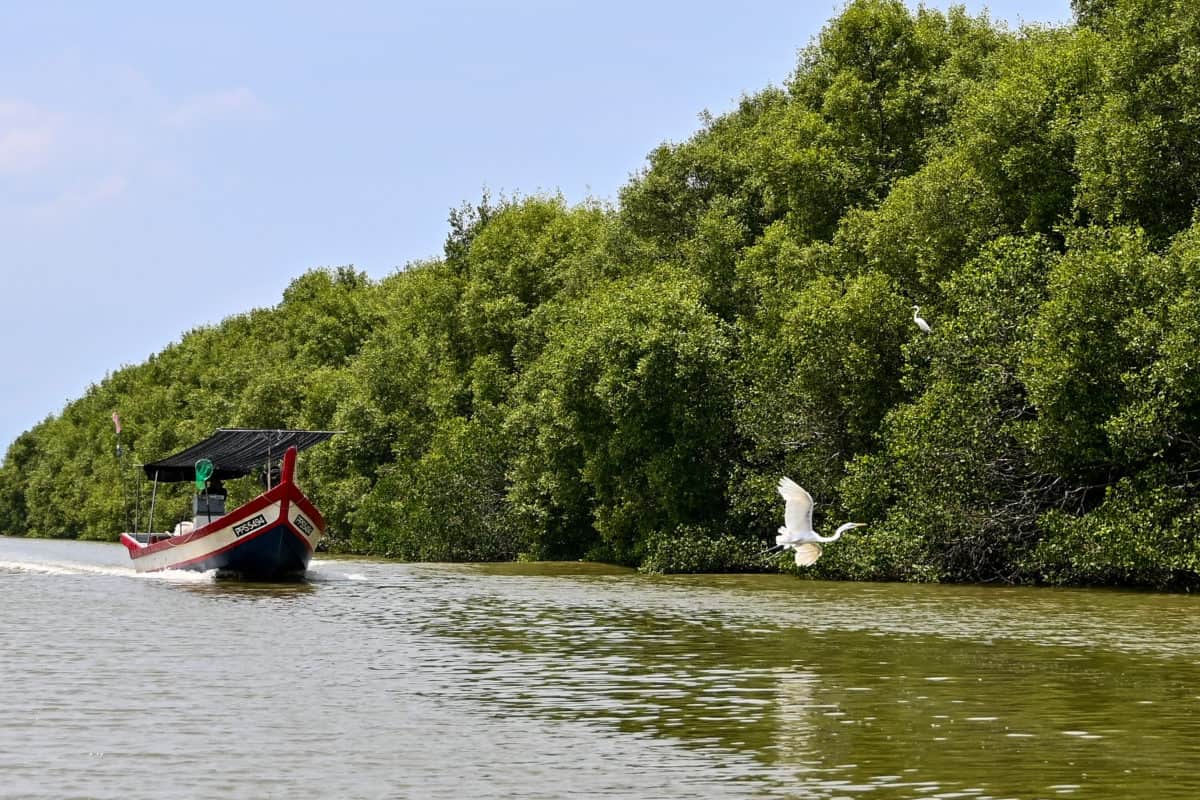
“The mangrove forests had also protected the neighbourhood during the (2004) tsunami,” he added.
Phee said that the mangrove forests would be better protected once they are being gazetted as permanent reserved forest.
Story by Christopher Tan
Pix by Noor Siti Nabilah Noorazis and Law Suun Ting

